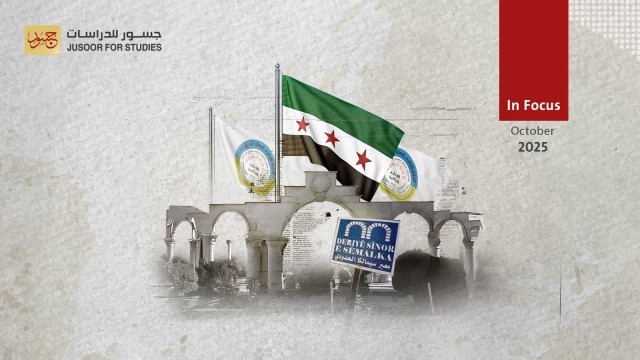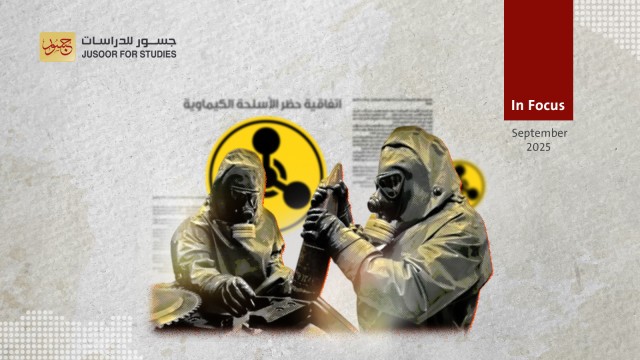Two Months into the Anti-Drug Campaign in Northern Aleppo
Northern Aleppo has been the focal point of an intensified anti-drug campaign since June 10, 2023. This initiative specifically targets the networks responsible for drug trafficking, distribution, and production across various regions, including Al-Bab, Azaz, Mare', Afrin, and Jarabulus. The current campaign stands out as the most expansive compared to its predecessors, especially after the tragic loss of two police officers in confrontations with drug dealers in Jarabulus and Al-Bab.
This concerted effort is a collaboration between several armed opposition groups and the military police units stationed in Northern Aleppo. While the majority of the operations have been a result of coordinated efforts among these factions, there have been isolated instances where individual factions have acted independently, such as the joint operations by the Hamza and Sultan Suleiman Shah divisions.
Factions often coordinate for two primary reasons: First, to share intelligence about individuals and networks implicated in drug-related activities, ensuring that they avoid major security lapses. Second, to prevent any minor confrontations from spiraling into larger factional conflicts. This is particularly crucial given that some individuals linked to drug trafficking have affiliations with these factions. A notable example is the grain factory apprehended in Afrin at the end of 2021, which was later revealed to have ties to a leader from the Hamza Division.
Two months since the campaign, dozens have been detained on charges of trafficking and drug use, with significant quantities of narcotics seized. However, the results varied from one region to another. In Mare', for example, intense confrontations with drug dealers resulted in two fatalities and the arrest of 28 individuals. In contrast, the continuous raids in Al-Bab, interspersed with armed skirmishes, led to the apprehension of over 50 drug dealers and promoters.
This campaign highlights that narcotics have transcended being just a criminal issue for the military police to tackle with the backing of factions. They have now become a pervasive security concern, impacting both the factions and the broader community, especially given their widespread use as a funding source by some military groups.
Consequently, many drug dealers in various cities and towns mounted armed resistance. Their resilience often stemmed from their connections within factional, regional, and familial networks, enabling a notable number of the wanted individuals to either hide or flee.
It's been observed that some fugitives are escaping to areas under the Syrian Democratic Forces (SDF) from Jarabulus, crossing the Euphrates River via Halwanji and Tukhar al-Kabir villages. Meanwhile, others are heading to regime-held territories from Al-Bab through Al-Sukkariya al-Kabira village, and from Afrin via the Barad village, capitalizing on their ties with smugglers linked to Hezbollah and the Fourth Division.
Over two months since the campaign's inception, its end doesn't seem imminent, with no definitive timeline set. The campaign is poised to extend to multiple cities, towns, and refugee camps. Given the potential for more armed clashes, the strategy of mobilizing combined security and military teams from different factions for raids and operations will continue.
Yet, the substantial security vulnerabilities and breaches exposed by the campaign may compel the factions and military police to take more prudent approaches in their raids and pursuits. This could involve setting deadlines for the surrender of suspects, breaking down networks, initiating internal probes, and engaging in discussions with community leaders in each distinct region, among other strategies.
In essence, while the campaign has made strides in curbing some drug trafficking and distribution networks, it still lacks a holistic strategy to tackle the dual challenge of criminality and security that looms over opposition-controlled areas in Northern Aleppo. A comprehensive approach should address the intertwined security, economic, and social dimensions of the drug abuse prevalence and trafficking, aiming to dismantle these networks and cease the associated narcotics trafficking and abuse.








